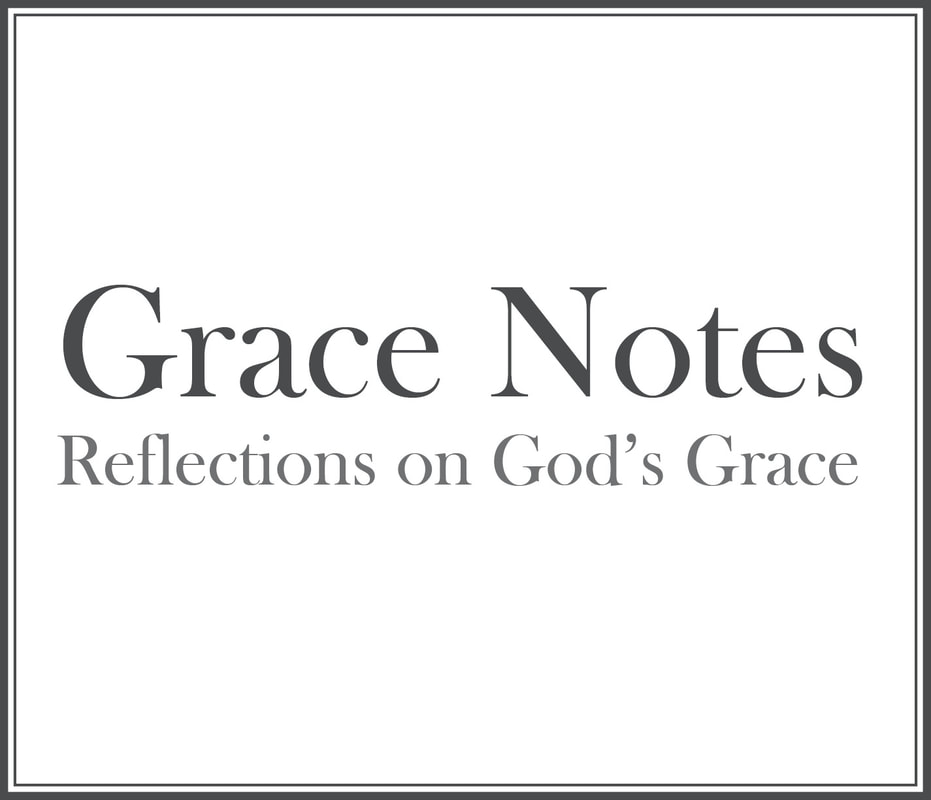 As I sit at my desk, I hear the wind blowing and see the bare branches of trees shaking as the wind directs its force upon them. There is a fresh layer of snow on the ground with patches of ice shimmering on the pavement, making me aware that caution is needed when navigating a path to the car later today. The sun is shining bright even though the wind chill is below zero. I am deeply aware that we are in the heart of winter, with more cold, more snow, more long dark evenings to come. The winter blahs have arrived! I anticipate this feeling in the fall as the days grow shorter and the nights grow longer. Only to rejoice when we finally come upon December 21, the shortest day of the year. I rejoice because now is the great reversal as the days begin to get longer again. “There is hope,” my mind tells me, although it is about eight weeks away, before we can see and feel a difference in how much natural light we can enjoy each day.
Many people find the busyness of November and December, with Thanksgiving gatherings and holiday festivities around Christmas and New Year’s celebrations, help blot away the annoyance of less sunlight and colder temperature. But now the holidays are over and suddenly life as we have lived it the past few months comes to a halt, and the days become quite ordinary. We have a long wait before spring break for the kids, so what is special about now? Life is just, well, ordinary. The winter blahs make everything seem ordinary. Where is the excitement in ordinary? In the ordinary of life, we can even slip in our spiritual practices when the winter blahs take over. This time after the Epiphany until Lent is part of what is called “Ordinary Time” in the liturgical calendar. In the spring, the long season after the Pentecost, which takes up all the summer liturgical season, is also included in Ordinary Time. These are the “green” seasons. The paraments are green, the pastors’ stoles are green. During this time, we hear in our gospel readings about Jesus' ministry. The green of ordinary time helps me envision Jesus on a hillside, teaching the crowds gathered to listen to his wisdom. As word got out about Jesus and his teaching, he became increasingly popular. People experienced his teaching as one who has authority. The poor, the outcast, and the sick experienced his healing love and acceptance. Jesus taught inclusion. He helped his followers learn that we are all interconnected. We are part of each other. Later in the Acts of the Apostles, we find the Holy Spirit continuing God’s work by calling and gathering people of faith to worship together, to eat together, to serve the Lord together, and to love the world together as they share the good news of God’s grace, mercy, and love for all people. January is a perfectly ordinary time to transform into an extra ordinary time. There are ministries that meet during the day and others that meet in the evenings. When the winter blahs hit, there is nothing better to drive them away than by being connected with others in the Holy Trinity community through Fellowship Groups, Men’s or Women’s Study Groups, Serving Groups, or Support Groups. Over the next several weeks we will be highlighting various groups in the Epistle email newsletter so you can discern where God is calling you to learn, serve, and care for others, the world and yourself. There are many opportunities for making ordinary days turn into days of joy and blessing for yourself and for others. What the world needs is less individualism and more connections with each other. Let the Holy Spirit guide you away from the winter blahs, and together we can be a blessing to one another and the world. An ordinary January will become extraordinary! In Christ, Pastor Pam Schroeder Image: www.pixabay.com
0 Comments
Leave a Reply. |
Categories
All
Archives
July 2024
|


 RSS Feed
RSS Feed

